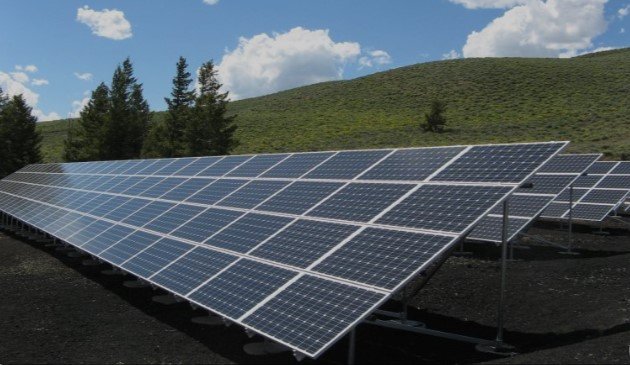Bhubaneswar: At the recent Odisha Solar Investor Conclave, the International Forum for Environment, Sustainability, and Technology (iFOREST) presented a detailed overview of Odisha’s vast potential to emerge as a major solar energy hub. According to the forum, the state has the capacity to generate more than 200 gigawatts (GW) of solar power, combining both land-based and water-based installations. This includes an estimated 138 GW from ground-mounted solar systems and another 33.5 GW from floating solar projects, signaling a transformative opportunity for Odisha’s energy sector.
At present, solar energy accounts for 21% of the state’s total renewable energy capacity, which stands at 2,938 megawatts (MW). This comprises 508 MW from ground-mounted installations, 58 MW from rooftop solar systems, and 42 MW from off-grid solar projects. iFOREST highlighted that Odisha is exceptionally well-suited for solar energy generation, benefiting from over 300 days of sunshine annually and an average solar radiation of 5.3 kWh per square meter.
Data from the National Institute of Solar Energy (NISE) underscores the immense untapped potential in Odisha’s land and water resources. Utilizing just 7% of the state’s wasteland could allow for the development of 138 GW of ground-mounted solar capacity. Regions such as Sundargarh, Angul, Balangir, Jharsuguda, and Dhenkanal are particularly well-suited for these large-scale installations due to their favorable combination of land availability and high solar irradiance. In addition to land-based solar projects, the state could harness up to 33.5 GW of floating solar capacity by utilizing around 670 square kilometers of lakes, reservoirs, and other water bodies. The existing urban infrastructure also offers significant opportunities for rooftop solar, with an estimated potential of up to 10 GW, further strengthening Odisha’s renewable energy landscape.
During the conclave, Deputy Chief Minister KV Singh Deo emphasized the state’s ambitious targets, stating that Odisha aims to achieve 7.5 GW of solar capacity by 2030 as part of a broader objective to generate 10.95 GW of renewable energy. He highlighted the state’s investor-friendly environment, robust infrastructure, and policy framework, which together create a conducive climate for renewable energy investments. Energy Secretary Vishal Dev reinforced the state’s commitment to a sustainable energy transition, aiming to reduce carbon emissions and promote a low-carbon economy.
GRIDCO Managing Director Trilochan Panda noted that future growth in renewable energy will be driven significantly by floating solar, rooftop solar, and initiatives such as the PM Kusum scheme. iFOREST President Chandra Bhushan projected that over the next five years, Odisha could witness substantial expansion in renewable energy capacity, paving the way for a green economy and environmentally sustainable development.
With its abundant sunshine, large tracts of available land, water bodies suitable for floating solar, and strong government support, Odisha is poised to become a leading state in India’s renewable energy sector. The combination of ground-mounted, floating, and rooftop solar initiatives positions the state to achieve its ambitious renewable energy targets, while fostering sustainable growth and contributing to a low-carbon future.


